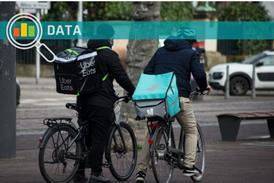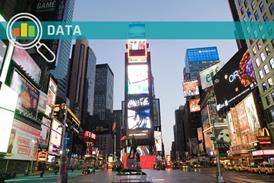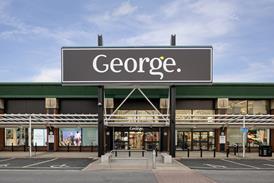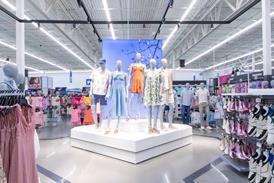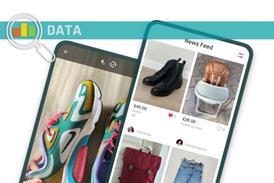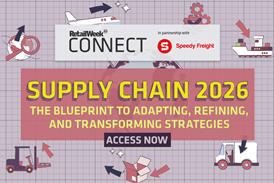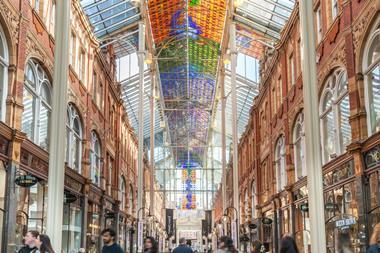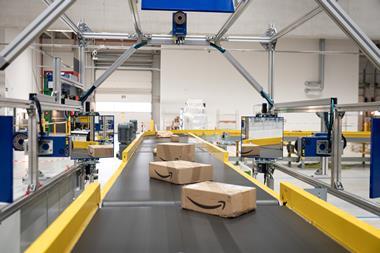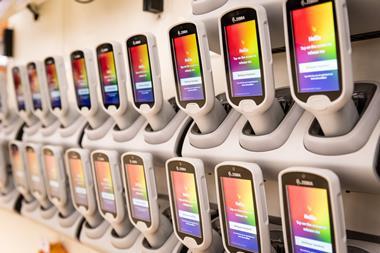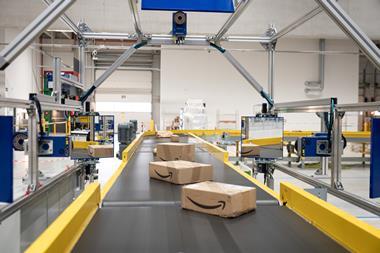PROMOTIONAL RESEARCH
Retailers are continually experimenting with novel innovations designed to engage shoppers, boost basket spend and drive loyalty. Here we explore the tech and tools powering the World’s Best Ecommerce Retailers
Tech-driven, immersive shopping experiences, while frequently talked about, aren’t ‘new’ news. eBay in Australia claims to have opened the ‘world’s first virtual reality department store’ nearly a decade ago in May 2016. Livestream shopping was kicked off by Alibaba’s Taobao in the same month according to McKinsey. And while the founding roots of social commerce were established in the 1990s, it really got going two decades ago in 2005, as Yahoo introduced a feature allowing end-consumers to create, share and comment on product listings.
However, these innovations have evolved, and as immersive shopping becomes more staple than trend, retailers are only just scraping the surface of its full potential to capture shoppers’ attention and boost conversion.
So how can retailers know which innovations are merely headline-grabbing gimmicks, and which are worthy of long-term investment?
We explore three of the tools being successfully deployed by global ecommerce retailers. To read more, access your free copy of The World’s Best Ecommerce Retailers report.
Social commerce
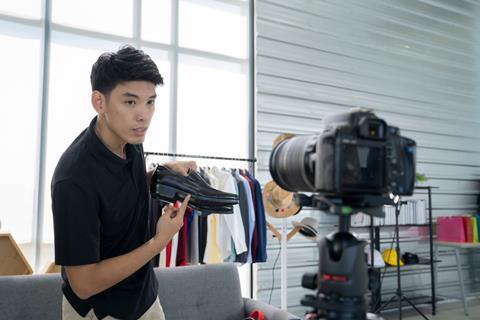
A hugely powerful tool to remove friction from customer experiences, social commerce made up nearly 20% of all ecommerce sales last year according to Statista.
In an increasingly digital market, consumers increasingly rely on social media for product discovery and purchasing decisions, meaning retailers must prioritise their social commerce strategies to drive sales.
Clothing and homeware retailer Next provides a good case study as to how retailers can harness social commerce to enrich customer interactions. Next has integrated its ecommerce platform with Meta—Facebook and Instagram—allowing customers to browse and shop directly from Next’s social media pages. With 3.1m Instagram followers and 3.5m Facebook followers, it is clearly a strategy that is paying off.
Next posted results for the year to January 2025 reporting a 10.1% leap in group pre-tax profit to over £1bn. The retailer updated its full price sales and pre-tax profit guidance for the current financial year in March after trading in the first eight weeks of the period came in ahead of expectations.
Live shopping
A further 20% of all ecommerce sales in the UK are expected to be accounted for through live shopping by 2026. Live shopping, a close relative of TV shopping channels, blends entertainment with instant purchasing—offering strong potential for retailers.
eBay, Poshmark, Zara, Shein and Amazon have all experimented with the format, and AliExpress made its livestream shopping debut in the UK in 2024, claiming the concept is “one of the most effective ways of engaging with consumers directly”.
Lifestyle brand Skinnydip London meets its young customers where they are, using TikTok live shopping to aid brand discovery. Drawing in shoppers with free shipping, it is a simple tool to set up. A staff member sits in front of a branded backdrop chatting through products and replying to comments. Skinnydip has sold more than 10,000 items since it set up its live shop in 2023.
Virtual and augmented reality
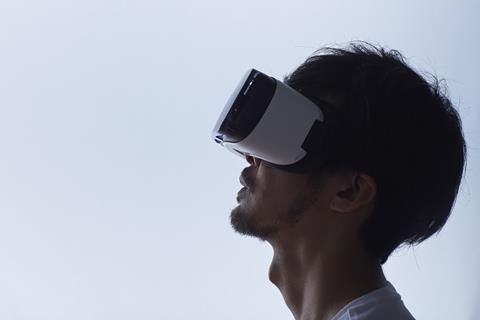
Virtual reality (VR), being fully immersive simulated environments, and augmented reality (AR), typically overlaying digital information into the real world, are both technologies that have accelerated consumer experiences over the last year.
Speaking at Retail Week x The Grocer Live 2025 in February, Snapchat general manager Bridget Lea shared how Gen Z, who are expected to hold spending power of £9.6trn globally by 2030, are changing how they shop. She explained how 61% of this generation said they would be more likely to purchase a product after having an AR experience with it, and how over half of consumers using the tech report increased confidence in a product’s quality.
Urban-lux vegan trainers and apparel brand Løci opened its first-ever, physical immersive retail concept on London’s Oxford Street in December 2024, which may give a glimpse into stores of the future, featuring AR tech.
As part of the in-store experience, Snapchat will offer its AR technology to allow shoppers to virtually try on Løci’s footwear and hoodies via full-length AR mirrors. The store also utilises digital graphics featuring its current collections, which customers can use in-store to order and purchase items digitally to then be delivered to their homes.

Want to peak behind the curtain into the strategies of more leading ecommerce retailers? Access your free copy of The World’s Best Ecommerce Retailers today to discover more.
You will discover:
- Where the top 10 retailers are investing money, time and resource to see the greatest returns online
- What’s shaping today’s ecommerce landscape and what you should be prioritising to drive growth
- Which digital innovations are all hype, and which really contribute to conversions
- How getting online payments right can drive loyalty and boost basket spend



